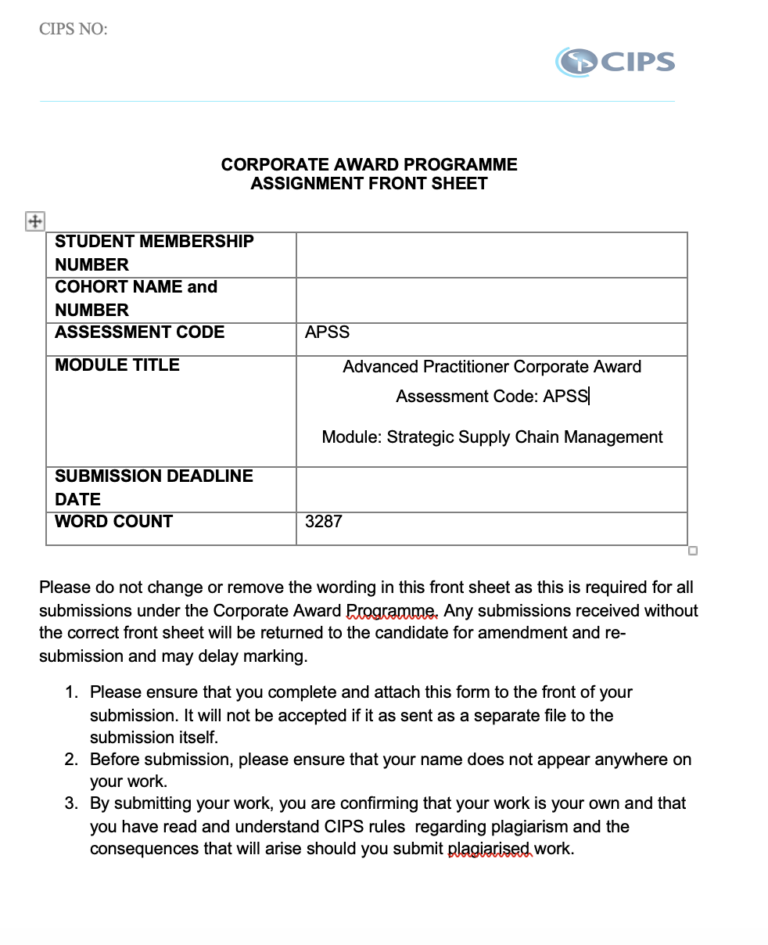Description
Solution
Email 6: 3.2 Legal Requirements for Redundancy Process
As you consider implementing the reorganisation within your directorate, it is essential to fully understand the legal requirements surrounding redundancy.
1. Identification of Reasons for Redundancy
Redundancy can be defined as situations where posts are no longer needed for one reason or another for instance closure of a business, downsizing or diminutive of the organization’s requirements for employees. As for redundancy, the most predominate act of law is the Trade Union and Labour Relations (Consolidation) Act of 1992, referred to as TULRCA. TULRCA 1992 provides clear guidance such as eligibility for redundancy and process pointing out that the reason for redundancy is must be valid, non-discriminatory, and objectively justified (Bakermckenzie, 2025).
2. Stages in the Process
The redundancy process involves several key stages:
Selection for Redundancy: This is because it is based on such factors as merit and fitness (skill, experience and performance). It must also not favour one party over the other, in other words it has to be impartial. Larger redundancy situations Applying this provision where the proposed dismissal relates to 20 or more employees, other regulations under TULRCA 1992 with regard to collective consultation with unions or employee representatives apply (Bakermckenzie, 2025).
Consultation: Employers have to consult the employees who will be affected or their representatives. These include detailing why redundancy is necessary, looking at options and potential solutions to this (like a transfer).
Notice and Redundancy Pay: Proper notice should be provided to the employees before redundancy comes into operation depending on the years of service. They are also redeemable for redundancy and for this they are paid according to their age, contract duration, and weekly wages (Gov.Uk, 2024).
3. Information on Consultation Requirements
Consultation is a legal requirement under TULRCA 1992. Where 20 or more redundancies occur within a 90-day period,…
Please click herein to access this assessment in full
Related Papers
(Solution) Assessment ID / CIPD_5HR01_22_01 5HR01 Employment relationship management
(Solution) CIPS Strategic Supply Chain Management APSS
- The supply chain mapping for an organisation spend category is influenced by several elements, among them environmental scanning to identify the micro and macro factors.
- Other aspects considered in the mapping are the facilities, location, and time.
- In the implementation process, it involves making suitable changes and adding value to the process.
- Drawing from the STEEPLE, Porter’s five forces, SWOT analysis, and Kraljic matrix, some of the key elements are the relationship with the vendors, consideration of various competitors, and ensuring customised category of spend.
- Quality and timely delivery of the spend category is also an important consideration area.
(Solution) 7C002 Question 17: Addressing “I’m a people person, not a numbers person” Challenge
(Solution) CIPS New Global Strategic Supply Chain Project
- The purpose of this project is to evaluate supply chain automation by leveraging Industry 4.0 technologies. The identified technologies include Artificial Intelligence (AI) and Machine Learning (ML) noted as critical for streamlining operations and obtaining value-for-money outcomes. This has been pursued by focusing on Wood Plc.
- To conclude, the generated findings of this report evidence WPC is today adopting the application of iSourcing in their procurement and supply management (PS&M).
- In the current project, through an evaluation of options for automation of the organization PS&M, the findings evidence the existence of different limitations hindering the success of their system. The issues of cost overruns, lack of collaboration, and inefficient supply chain as the organization is expanding its current operations have been noted to include limitations of their current sourcing.
- Success in the automation of their supply chain has been identified to lead to the following outcomes;
- Organisation achievement owing to automation of their supply chain, increased confidence and capability, talent management, and employee competency
- Improved stakeholders relations (a later section of stakeholders analysis) easing the change process. Through the iSourcing improvement, WPC would be in a position of harnessing technical and commercial evaluation processes.
- Increased and robust systems and policies which mitigate overall gaps in sourcing system transformation
- Today, only lower than 10% of the entire WPC resources are used to prioritize automation and IT integration successfully. Automation would improve the use of resources in their operations
- Involve their IT and finance departments to ensure within a period of 6 months they
- WPC needs to consider embracing sustainable practices as part of investing in their Industry 4.0 technologies
- Through the adoption of automation, better communication systems backed by AI and ML would be introduced to achieve 70% increased communication effectiveness.
- It is important to increase this through increasing collaboration and alignment of all their interests holistically
- Partnering with institutions for the provision of capacity development opportunities for the PS&M teams and other organizations for the success of the automation process
- Expanding their sourcing of Industry 4.0 technologies. This is to involve highly reputable global companies hence efficient operations and integration of AI
- Source of support from the government to ensure that they are facilitated in terms of policies and appropriate regulations to guide the automation process.



